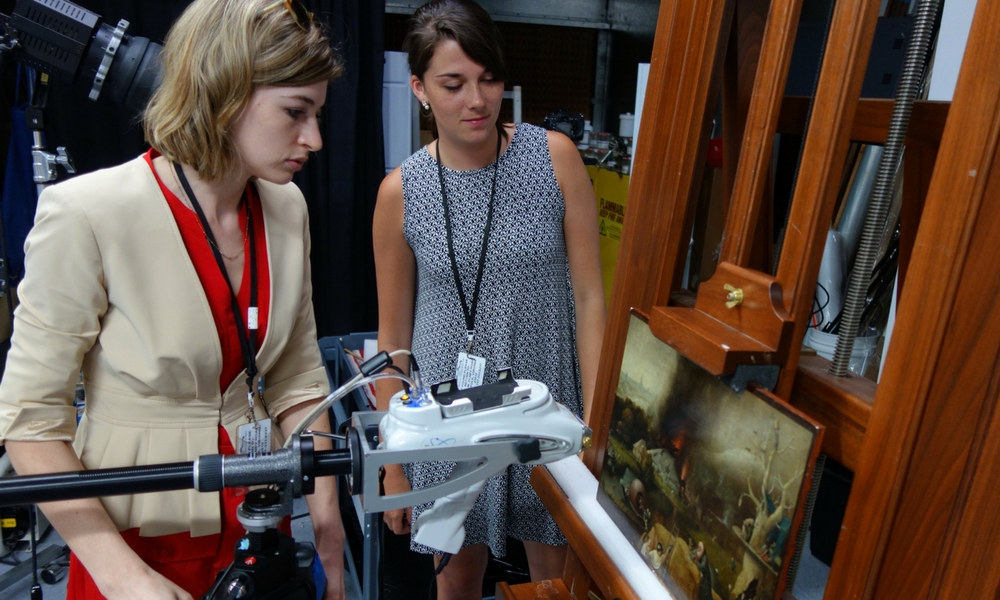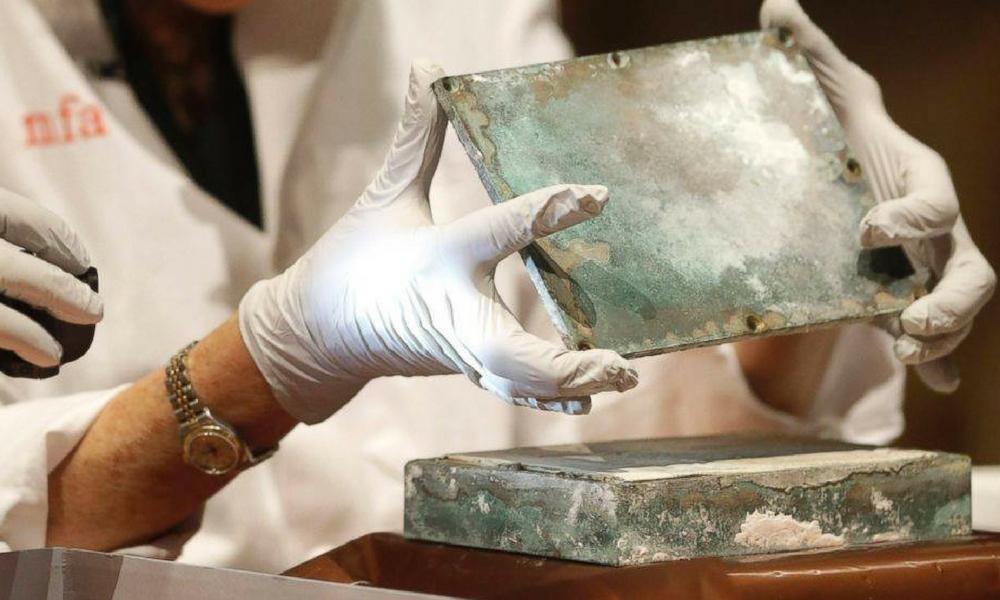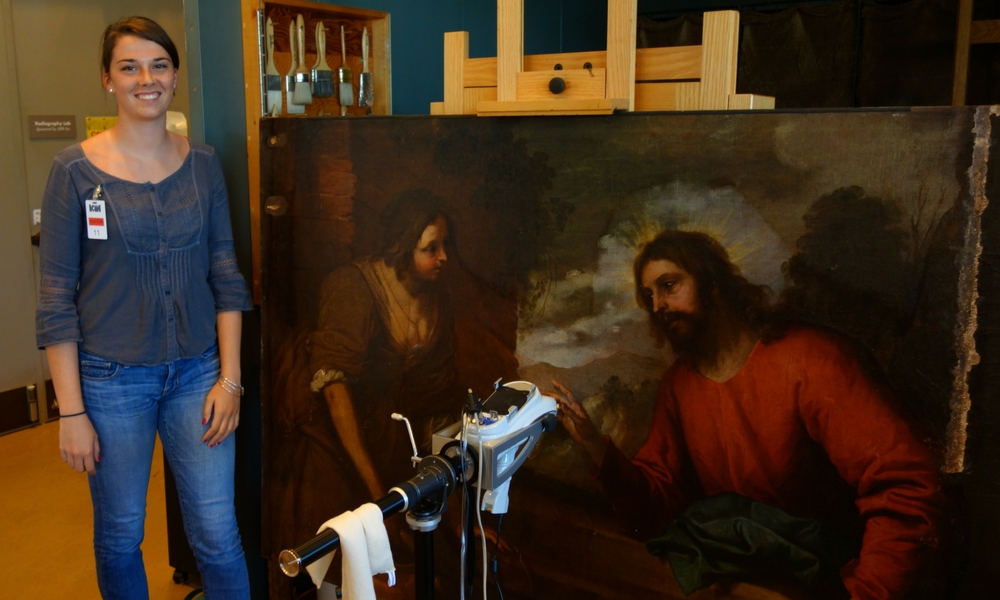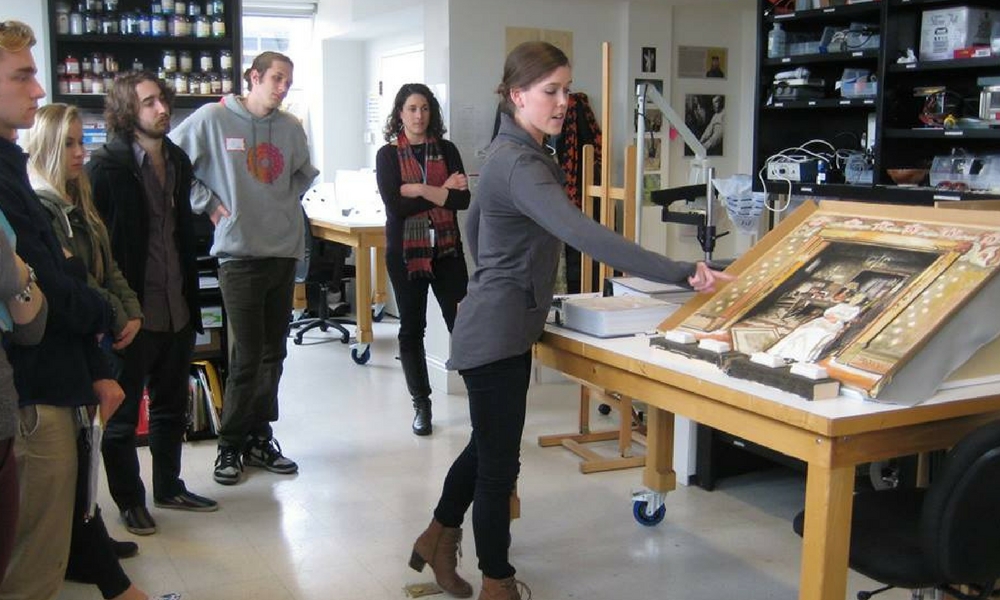Art History BA
The Bachelor of Arts in Art History is intended for students who wish to study the history of the visual arts, including the cultural and social context in which they were created. It is the mission of the Art History program to educate students in global and cross-cultural perspectives on the arts.
Art History at JMU
The Art History program offers the opportunity to study the history of the visual arts in their cultural and social context. Courses in Western art (Western Europe and America) from Ancient to Modern times, as well as African Art and other selected non-Western fields, are regularly given. Students will learn to describe, analyze, and interpret the form and content of works of art and will become familiar with Art History theory, methods of analysis, and art criticism. In addition, they will gain valuable experience in writing and researching in the Art History field.
Art History majors and minors are encouraged to participate in summer internship experiences in museums, historic houses, and galleries and to take advantage of the year-round JMU Study Abroad programs. Frequent field trips to Richmond, New York, and Washington, DC, allow students to see some of the latest national exhibitions and work directly with the outstanding holdings of area museums.
The Art History program advocates interdisciplinary study in other humanistic disciplines and actively supports students who double major in related fields. JMU Art History faculty possess expertise in various historical areas and enjoy working with students on independent studies, honors theses, or exhibition projects.
Goals
Students majoring in Art History develop a general knowledge of principal monuments and artists of prominent art periods. By taking various courses in Art History and Art, majors learn to appreciate art as an expression of ideas and art-making as a creative process. The program emphasizes European and American Art History coupled with opportunities to study selected areas of African, Asian, and Meso-American Arts.
After completing introductory survey courses and a seminar in the history and methods of Art History, students take at least one course in each of the following areas: African/Oceanic/Asian/Art of the Americas, Ancient to Medieval, Renaissance to Baroque, 18th and 19th Century, American, and Modern to Contemporary. These courses provide an invaluable foundation in the discipline, which diverse electives strengthen.
Museum Studies Concentration
The Museum Studies concentration enriches the Art History curriculum by offering coursework that examines the critical role that museums have played in constructing the discipline and pedagogy of Art History. History and theory-oriented classes will introduce students to the role and function of museums in society and how museums reflect and perpetuate the values of the cultures that create them. Experiential practica or internship courses will expose students to museum work: curatorial, collections management, conservation, education, design and installation, media and public relations, publication, development, and administration.
While the concentration is academic and not vocational, it offers students valuable hands-on experience beneficial for admission into graduate school and entry into the competitive market of art-related professions. Virginia is a state that boasts a plethora of art museums, house museums, history museums, and historic and archaeological sites. The Museum Studies concentration prepares Art History majors to seek employment in regional and state museums.
The Museum Studies concentration consists of five courses (15 credit hours). Students are required to complete three core courses and two elective courses. Students may only count three credit hours toward the Art History major and the Museum Studies concentration.
A 3.3 GPA in the minimum of nine credits in Art History (ARTH) and General Education Art History (ARTH) courses are required to enroll in the concentration. To apply, students submit an unofficial transcript to the area coordinator. Students may apply to the concentration in the fall or spring semester, but no later than the last day of the course add/drop registration deadline.
Student Outcomes
A degree in Art History provides a diverse range of career opportunities. Recent Alumni have taken jobs at outstanding national museums, including the National Gallery of Art, the Metropolitan Museum of Art, the Smithsonian Institution, and the Yale University Art Gallery. Other graduates work in private galleries, historic homes, and auction houses. Some teach at universities, both domestically and abroad, or act as corporate art consultants.
Art History Alumni have pursued graduate study in Art History at high-ranking programs, including Bard Institute of Decorative Arts, Cambridge University (England), Emory University, Georgetown University, Goldsmith's College (Univ. of London), Syracuse University, University of California Los Angeles, University of Texas at Austin, University of South Carolina, University of Virginia, University of Florida, and Yale University.
Hardware and Software Requirements
SADAH's programs require all students to have a laptop computer equipped with and capable of running any necessary software. SADAH considers a laptop an essential tool for total participation in classes and content. Read more about SADAH's hardware and software requirements.
Suggested Specifications
Operating System (OS)
MacOS
Storage (GB)
512GB
Screen Size (IN)
13”
Random Access Memory (RAM)
32GB
Graphics Memory (VRAM)
6GB
Processor (CPU)
M3 pro or Intel 13th Gen i7 / i9
Required Specifications
Operating System (OS)
MacOS or Windows 11
Storage (GB)
512GB
Screen Size (IN)
13”
Random Access Memory (RAM)
16GB
Graphics Memory (VRAM)
4GB
Processor (CPU)
M3 pro or Intel 13th Gen i5
Required Software
Microsoft 365*
Zoom*
*Provided by JMU
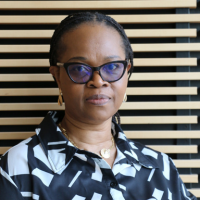
Adérónké Adésànyà
Professor of Art History

Sarah Brooks
Professor of Art History

David Ehrenpreis
Professor of Art History
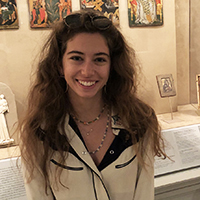
Maria Harvey
Assistant Professor of Art History, Associate Director for the Madison Art Collection and Lisanby Museum

Beth Hinderliter
Director of Duke Hall Gallery of Fine Art; Associate Professor of Art History
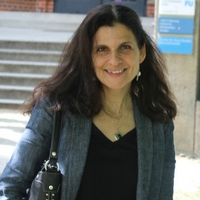
Laura Katzman
Coordinator of Art History Minor, Professor of Art History
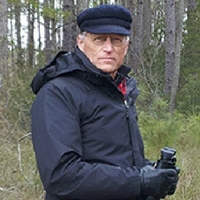
Charles Maddox
Instructor of Art History

John Ott
Professor of Art History

Maureen Shanahan
Professor of Art History

Jessica Stewart
Instructor of Art History

Leah Stoddard
Instructor of Art History


